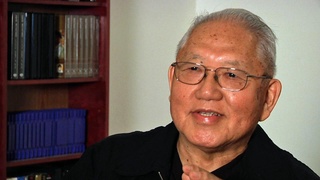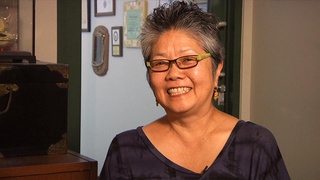Interviews
Gidra's Editorial Process
We didn’t have an explicit editorial policy, but we wanted to reflect the ideas, feelings, aspirations of the young people who were involved in our movement at the time. We didn’t see ourselves as the chronicler or reporting on news per say, so in that sense when you go through the pages of Gidra, you would not necessarily be able to build a history of what happened during that time off of the pages. I think a lot of it had to do with uhh, expressions in poetry, expression in drawings, photography... And other creative avenues. And even in the writings and I think in the prose, like people had great latitude in terms of what they could write and talk about. The idea was to, to really have a vehicle where people could voice themselves.
Date: September 29, 2011
Location: California, US
Interviewer: Kris Kuromitsu, John Esaki
Contributed by: Watase Media Arts Center, Japanese American National Museum
Explore More Videos







Postwar school-life
(b. 1930) Half Japanese and grew up in both Japan and the United States.

On Challenging Institutions
(1938-2020) Japanese American attorney and civil rights activist

Pop and Balls
(1938-2020) Japanese American attorney and civil rights activist

Re-examining Identity
(1941-2018) Japanese Canadian photojournalist and activist



Conflicted about immigrating to America (Japanese)
(b. 1925) War bride

Defining "Nikkei"
(1941-2018) Japanese Canadian photojournalist and activist

Unique Identity from Having Multiple Backgrounds
(b. 1938) Philipines-born hikiagesha who later migrated to the United States.
